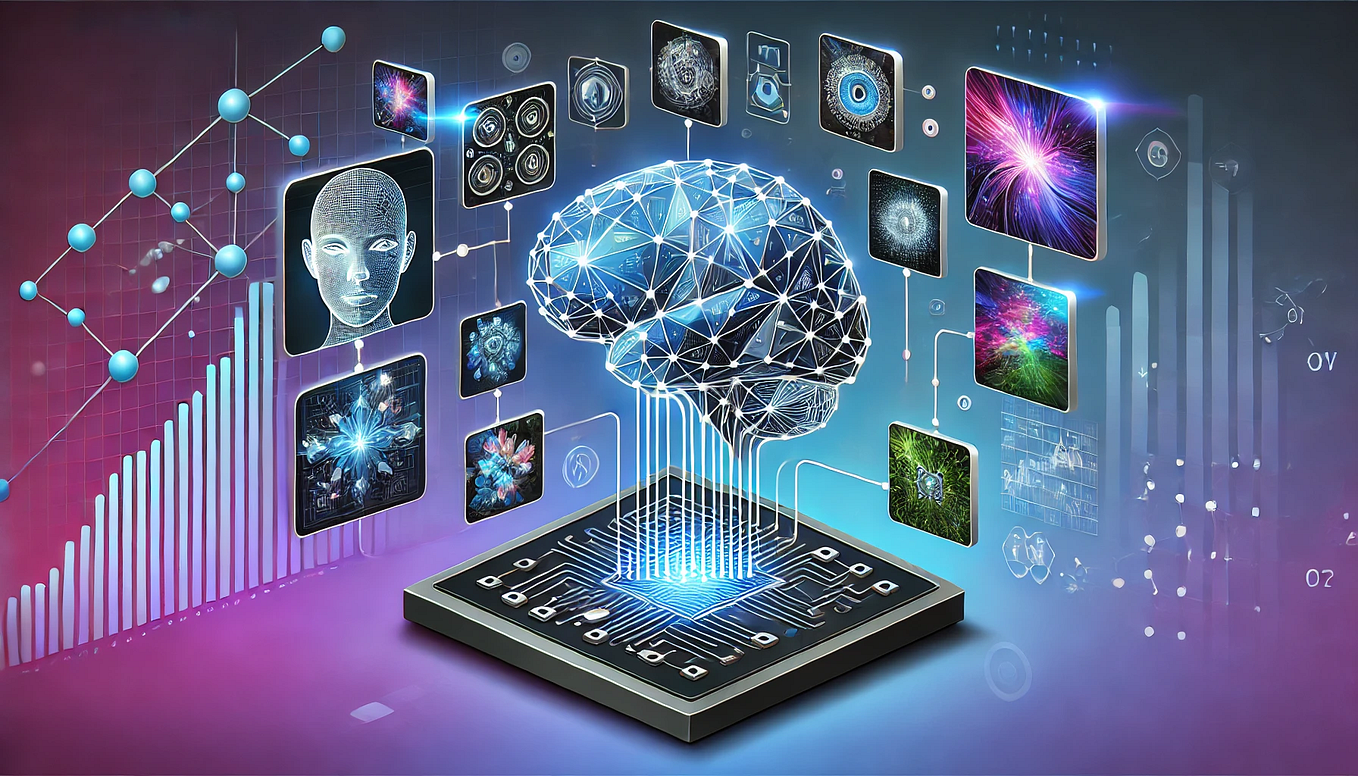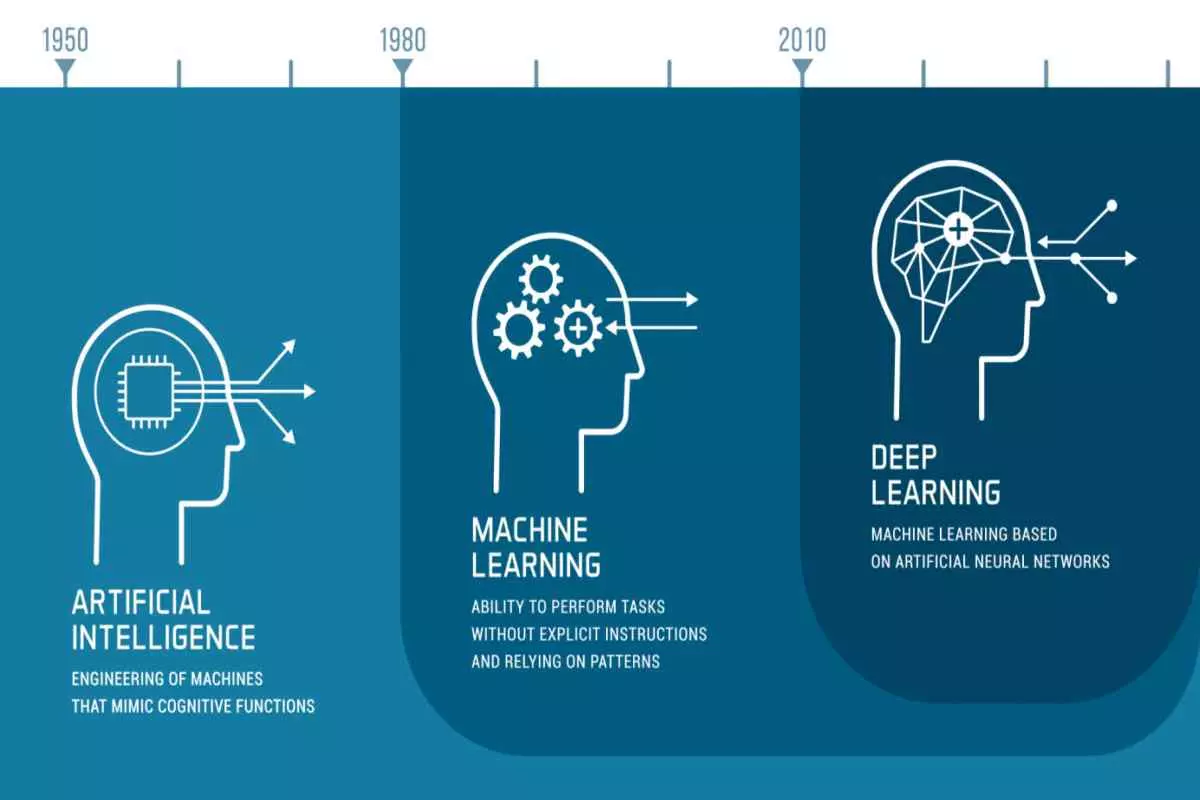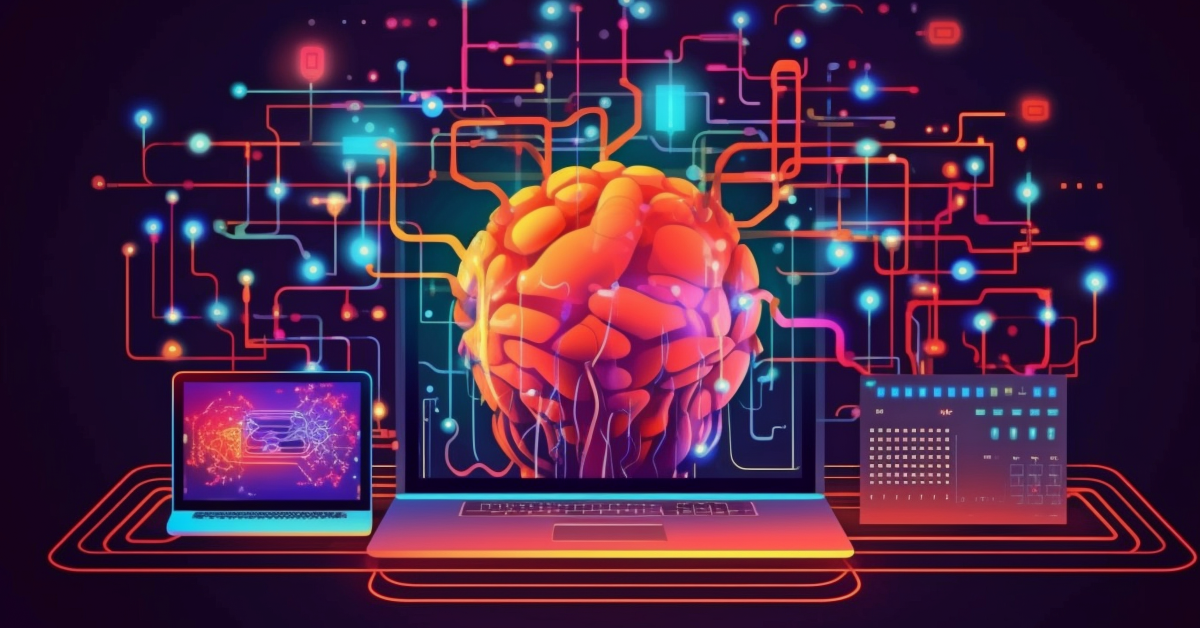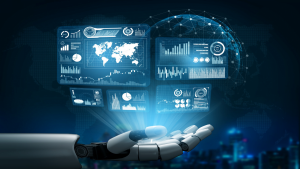Discover how Deep Learning AI Platforms empower enterprises to convert data into actionable intelligence, autonomous decision-making, and predictive foresight, driving operational efficiency and innovation at scale.

Introduction – The Neural Backbone of the Modern Enterprise
-
Introduction – The Neural Backbone of the Modern Enterprise
-
Deep Learning Platforms as Intelligent Ecosystems
-
Beyond Algorithms: Platforms that Learn, Adapt, and Innovate
-
The Technology Stack – A Symphony of Intelligence
-
Business Impact – Intelligence at Scale
-
Real-World Applications – Transforming Industries
-
Challenges & Considerations – Navigating Complexity
-
The Future Vision – Platforms as Cognitive Enterprise Infrastructure
-
Conclusion – From Data to Intelligence, Autonomy, and Strategic Foresight
In the contemporary enterprise landscape, data has become both an asset and a challenge. Companies are awash in terabytes of information, streaming from IoT devices, enterprise systems, social media, and global markets. Yet despite this ocean of data, businesses often find themselves starved for actionable intelligence. Spreadsheets, dashboards, and conventional analytics reveal what has happened—but they rarely anticipate what will happen.
Enter Deep Learning AI Platforms: the neural infrastructure that enables enterprises to think, reason, and act at machine speed. These platforms do more than crunch numbers—they extract latent patterns, detect subtle correlations, and generate insights that human cognition alone cannot perceive. Deep learning serves as a foundation upon which autonomous decision-making, cognitive automation, and predictive foresight can flourish. From recognizing anomalies in financial transactions to predicting equipment failures in industrial settings, these platforms are redefining what it means to operate intelligently in 2025 and beyond.
Deep learning has transcended the realm of theoretical research; it has become a strategic enterprise asset, bridging the gap between data abundance and actionable intelligence. By leveraging multi-layered neural networks, advanced computational architectures, and real-time inference, enterprises can now respond to dynamic environments, optimize resource allocation, and unlock unprecedented opportunities for innovation.
Deep Learning Platforms as Intelligent Ecosystems
Modern deep learning platforms are not merely software tools; they are living ecosystems. These systems integrate data, compute power, and AI models into cohesive intelligence engines, functioning like the neural networks of a digital brain. Each component is interdependent, continuously learning, refining, and enhancing enterprise capabilities.
Key components of these intelligent ecosystems include:
- Neural Networks: Convolutional Neural Networks (CNNs) for image and video understanding, Recurrent Neural Networks (RNNs) for sequential data, Transformers for language modeling, and Generative Adversarial Networks (GANs) for creating synthetic data and simulating scenarios.
- Training Pipelines: Scalable pipelines that leverage distributed GPUs and TPUs, enabling rapid model training across massive datasets.
- Model Deployment Orchestration: Seamless mechanisms to deploy, update, and manage models in production without interrupting enterprise workflows.
- Real-Time Inferencing and Adaptive Learning: Continuous model refinement based on streaming data, ensuring enterprise systems evolve in lockstep with changing conditions.
This ecosystem-oriented approach positions deep learning platforms as adaptive, living infrastructures capable of supporting enterprise-scale intelligence. They do not merely respond to business events—they anticipate, adapt, and act proactively.
Beyond Algorithms: Platforms that Learn, Adapt, and Innovate

What differentiates deep learning platforms from traditional AI solutions is their ability to learn autonomously. By integrating reinforcement learning, self-supervised learning, and generative AI, these systems continually refine their models, improving decision accuracy and operational efficiency over time.
Consider a smart manufacturing plant: deep learning platforms analyze sensor data from thousands of machines, detect subtle patterns indicating potential failures, and autonomously adjust production schedules to minimize downtime. Or envision autonomous supply chains, where AI orchestrates logistics, predicts demand surges, and reallocates resources across warehouses without human intervention.
In marketing, platforms equipped with deep learning analyze real-time consumer behavior, sentiment, and engagement across multiple channels. They generate predictive insights, enabling enterprises to deliver hyper-personalized campaigns that anticipate customer needs rather than react to them.
In finance, deep learning platforms detect anomalous trading patterns and flag potential fraudulent activity in milliseconds, outperforming traditional rule-based systems. This continuous, adaptive intelligence transforms enterprises from reactive organizations into proactive, future-ready entities.
The Technology Stack – A Symphony of Intelligence
Deep learning platforms are underpinned by a sophisticated technology stack, where each layer contributes to enterprise-wide intelligence:
- AI Frameworks: TensorFlow, PyTorch, JAX, and MXNet provide the foundations for model development, training, and deployment.
- Data Engineering: Data lakes, feature stores, and pipelines consolidate structured and unstructured data, ensuring models have access to clean, comprehensive information.
- Cloud & Edge Integration: Distributed computing enables real-time inference at the edge, reducing latency and supporting mission-critical operations.
- Model Lifecycle Management: Automated retraining, version control, and monitoring maintain model performance and mitigate drift over time.
- Visualization & Analytics: Interactive dashboards translate complex neural outputs into actionable insights for decision-makers, aligning technical intelligence with business strategy.
This stack does not exist in isolation—it is a harmonized ecosystem, where every component is tuned to amplify intelligence, responsiveness, and predictive power.
Business Impact – Intelligence at Scale
Enterprises that embrace deep learning platforms experience profound transformations across multiple dimensions:
- Operational Efficiency: Automated decision workflows reduce human bottlenecks and optimize processes across departments.
- Predictive Foresight: Deep learning enables organizations to anticipate market shifts, resource constraints, and emerging risks before they manifest.
- Innovation Acceleration: Generative models and simulation capabilities allow rapid prototyping, scenario planning, and product innovation.
- Personalized Experiences: From customer interactions to employee workflows, deep learning supports dynamic, context-aware personalization at scale.
These benefits do not merely improve performance—they reshape the competitive landscape, giving forward-looking enterprises a strategic edge in complex, data-driven markets.
Real-World Applications – Transforming Industries
Healthcare: Deep learning powers diagnostic tools that identify early-stage diseases from medical imaging, predict patient outcomes, and optimize treatment plans. Drug discovery pipelines leverage AI to simulate molecular interactions, accelerating the development of life-saving therapies.
Finance: Advanced models detect fraud, optimize trading strategies, and provide real-time risk assessments. Deep learning also enables dynamic credit scoring, ensuring financial products are aligned with customer behavior and market conditions.
Manufacturing: Smart factories use predictive maintenance models to minimize downtime, optimize production lines, and maximize throughput. Deep learning drives automation across quality control, supply chain management, and resource allocation.
Retail: AI-driven recommendations, demand forecasting, and adaptive inventory management enhance both customer experience and operational efficiency. Deep learning supports omnichannel strategies by analyzing consumer behavior across digital and physical touchpoints.
Enterprise IT: Autonomous monitoring systems detect anomalies, predict outages, and optimize cloud and network resources. Deep learning platforms allow IT teams to shift from reactive firefighting to proactive management.
Challenges & Considerations – Navigating Complexity
While transformative, deep learning platforms come with significant challenges:
- Computational Cost: Training large-scale neural networks requires massive processing power and energy efficiency considerations.
- Data Governance: Ensuring data privacy, compliance, and quality is critical for accurate model outputs.
- Bias & Interpretability: AI decisions must be explainable, ethical, and free from systemic bias.
- Global Scaling: Deploying deep learning across heterogeneous, international enterprise environments requires robust infrastructure and orchestration.
Addressing these challenges is essential for organizations to fully realize the strategic potential of deep learning intelligence.
The Future Vision – Platforms as Cognitive Enterprise Infrastructure

Looking forward, deep learning platforms are evolving beyond task-specific intelligence into autonomous, self-optimizing enterprise brains. By integrating generative AI, reinforcement learning, and real-time orchestration, enterprises will operate with unprecedented cognitive capability.
Imagine an organization where every workflow, decision, and interaction is enhanced by neural intelligence. Predictive analytics anticipate market trends; AI-driven simulations test strategic scenarios; generative models propose innovative solutions. This is not science fiction—it is the emerging reality of cognitive enterprise infrastructure.
Deep learning platforms will become the strategic core of adaptive, resilient, and innovative organizations, driving operational efficiency, market agility, and intelligent decision-making across every layer of the enterprise.
Conclusion – From Data to Intelligence, Autonomy, and Strategic Foresight
Deep learning AI platforms have transcended their technical origins to become the neural backbone of intelligent enterprises. They empower organizations to convert vast, complex datasets into actionable intelligence, autonomous decision-making, and predictive foresight.
In 2025 and beyond, these platforms will define the frontier of enterprise capability: enabling proactive strategy, autonomous operations, and continuous innovation. They are no longer optional tools—they are essential infrastructure for any enterprise seeking to thrive in a hyper-competitive, data-driven world.
By embracing deep learning platforms, organizations transform from reactive operators to cognitive enterprises: adaptive, intelligent, and perpetually ahead of the curve. In this new era, the fusion of human insight and deep neural intelligence creates an ecosystem where enterprises do not just respond to change—they anticipate, adapt, and shape the future.


